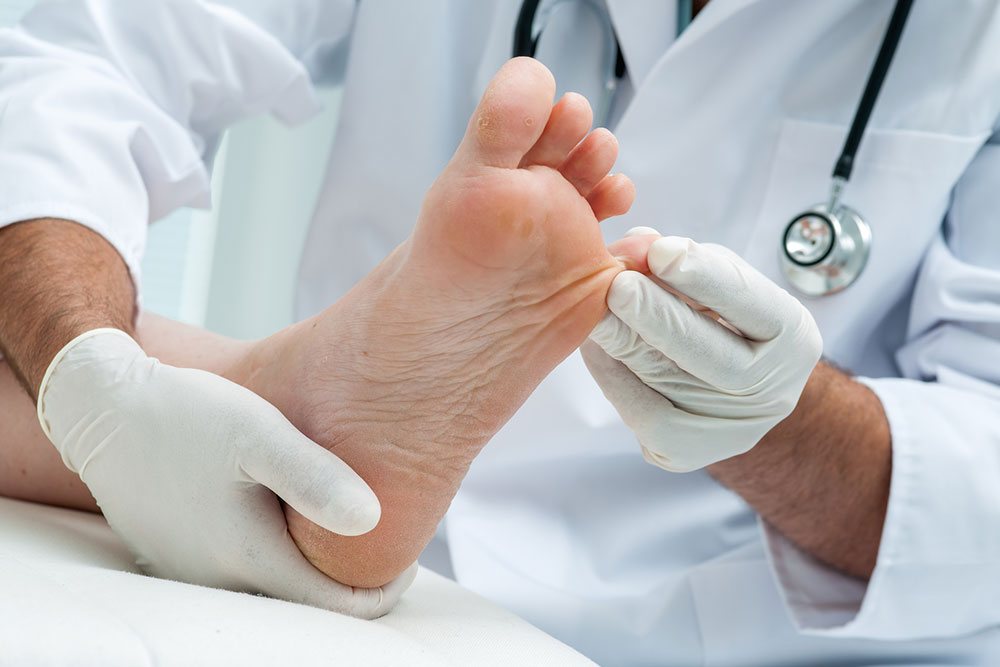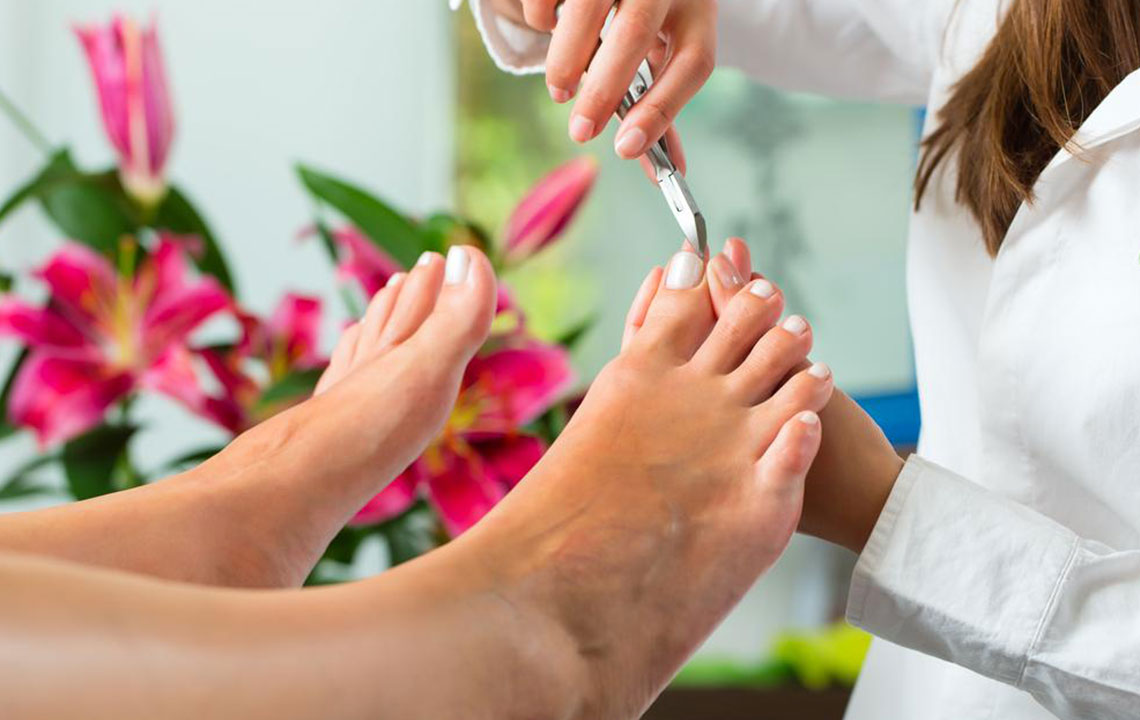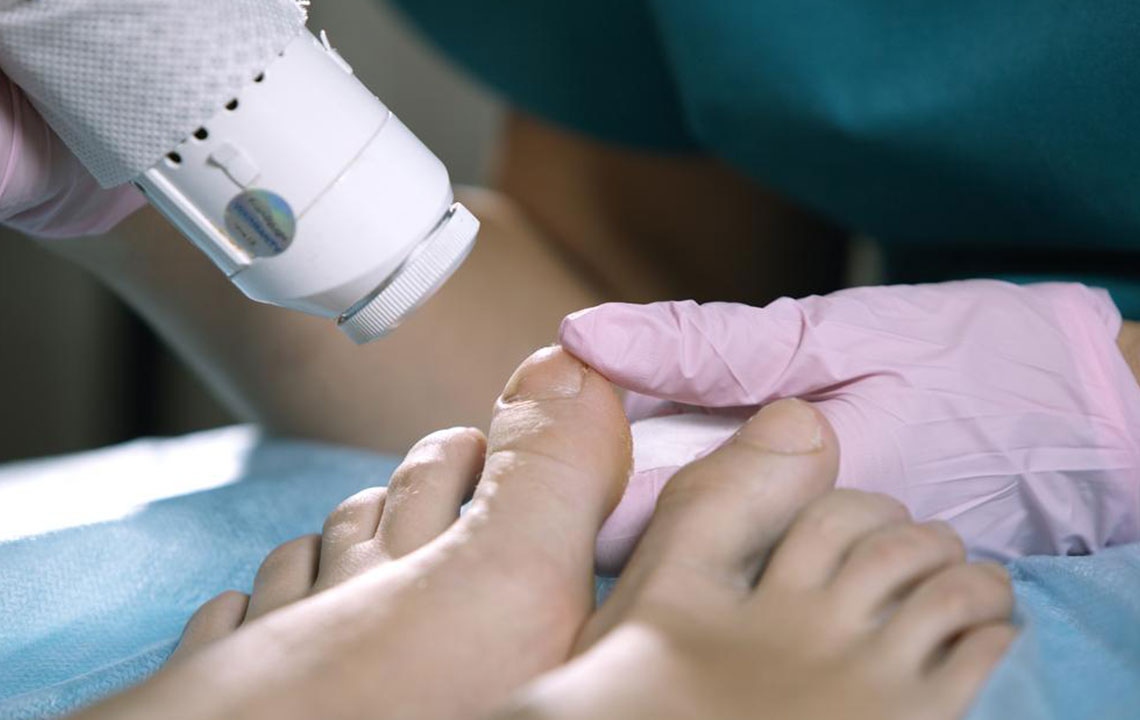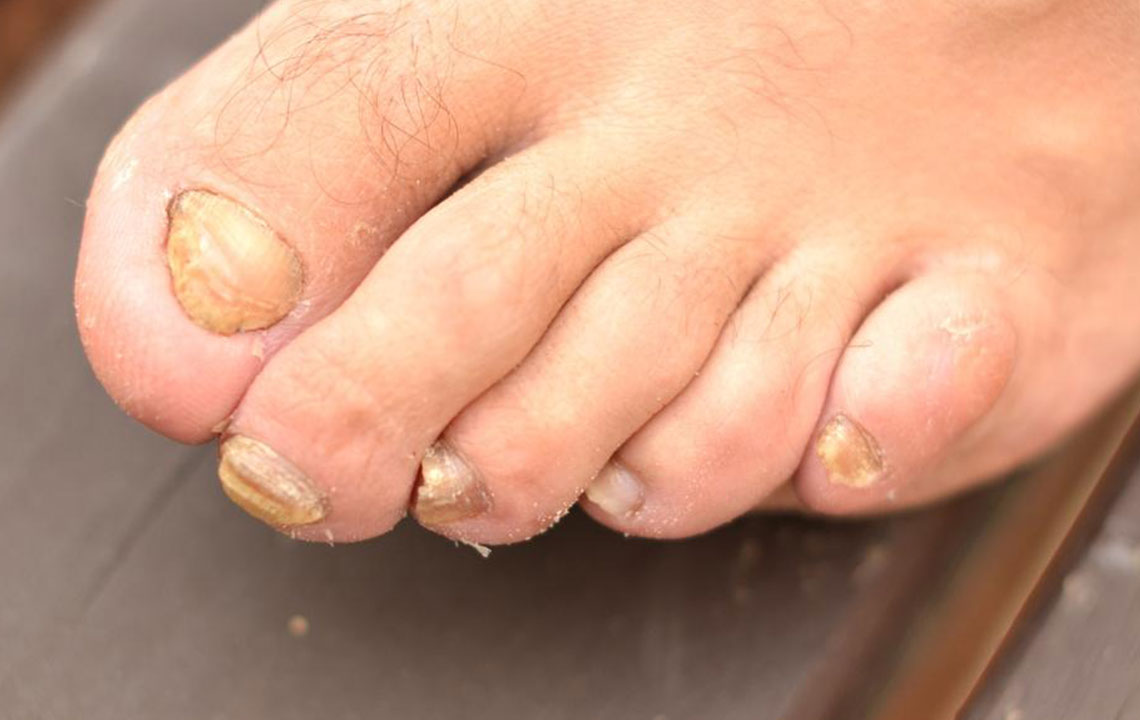Comprehensive Guide to Preventing and Treating Toenail Fungal Infections
This comprehensive guide explores effective strategies for preventing and treating toenail fungal infections. From understanding symptoms and risk factors to exploring medical treatments, home remedies, and preventive tips, it provides essential knowledge for maintaining healthy nails and avoiding discomfort. Early intervention and proper foot hygiene are emphasized to ensure optimal recovery and prevent recurrent infections, making it a valuable resource for anyone concerned about toenail health.
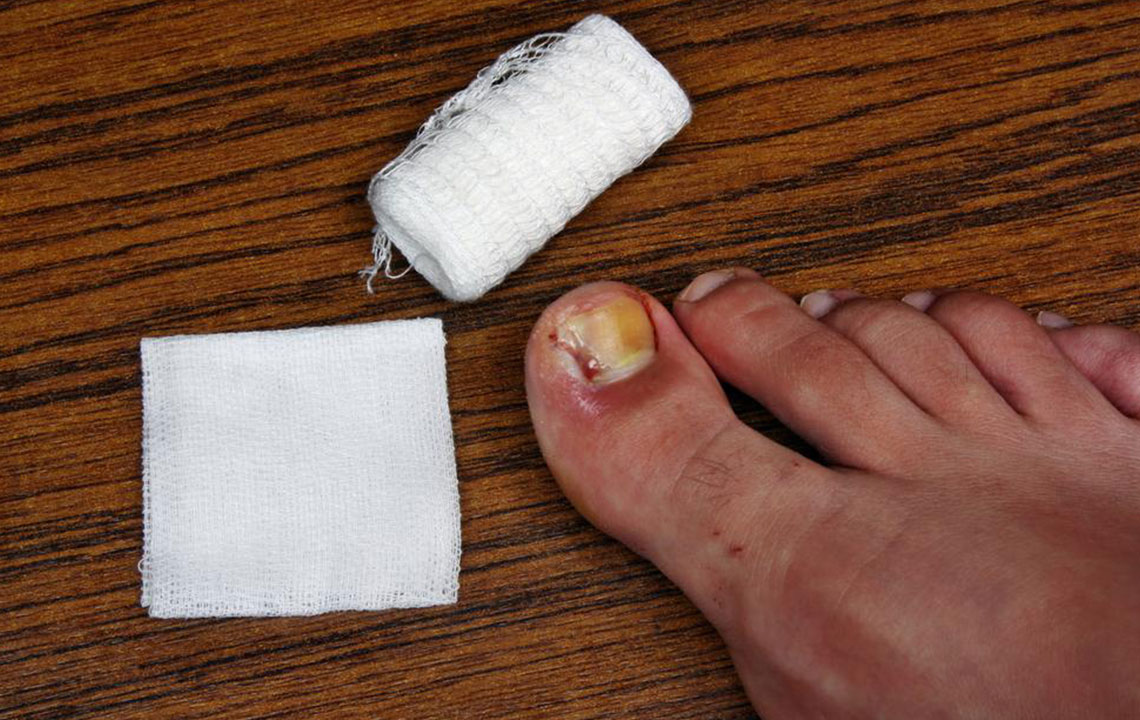
Comprehensive Strategies for Preventing and Treating Toenail Fungal Infections
Indications such as yellowing, thickening, or brittle toenails are common signs that you may be suffering from a fungal infection, medically known as onychomycosis. This condition affects many individuals worldwide and can lead to significant discomfort if not addressed promptly. Understanding the nature of toenail fungus, its causes, symptoms, and effective treatments is essential for maintaining healthy nails and preventing the infection from worsening or spreading.
Understanding Toenail Fungal Infections
Toenail fungal infections, medically referred to as onychomycosis, are among the most common nail disorders globally. This persistent fungal invasion targets the keratin-rich nails of toes, leading to characteristic changes such as discoloration, thickening, crumbling, and deformation. Because this fungus is contagious, it can easily spread between toenails and to surrounding skin and even fingernails when left untreated. The infection often manifests with symptoms like pain, a foul odor, and discomfort during activities like walking or wearing shoes, which can significantly impact daily living.
Men, especially older men, are more prone to developing toenail fungus, but it can affect individuals of all ages. People with compromised immune systems, including those with conditions like diabetes, psoriasis, or those undergoing immunosuppressive therapy, are at heightened risk. Additionally, individuals with a history of athlete’s foot, those who sweat excessively, or who frequently walk barefoot in communal areas such as gyms and swimming pools are more susceptible to infection. Lifestyle factors such as smoking and poor foot hygiene also contribute to the likelihood of developing toenail fungus.
Avoid neglecting signs like nail discoloration, thickening, or deformation. Early intervention is crucial for effective management. Common symptoms include warped, brittle nails, white or yellow streaks, and nails that start to loosen from the nail bed. If untreated, the fungal infection can cause nails to detach completely and spread to adjacent skin or other nails, leading to secondary infections and potentially more complex health issues.
Experts emphasize the importance of prompt diagnosis and treatment. Various therapeutic options are available, ranging from topical antifungal creams and lacquers to oral medications. In some cases, removing the infected nail surgically is recommended to prevent the spread of the fungus. Combining treatments with proper foot hygiene practices enhances recovery and reduces the risk of recurrence.
Effective Medications and Therapies for Toenail Fungal Infections
Oral Antifungal Medications: These systemic treatments are often prescribed for more severe infections. They work by promoting the growth of healthy, clear nails while eliminating the fungal pathogens. Common drugs include terbinafine and itraconazole, which require a course over several weeks to months. Effectiveness can vary depending on the severity of the infection, patient age, and adherence to the prescribed regimen. While effective, these medications may have side effects, necessitating regular medical supervision.
Nail Lacquers and Polishes: Medicated nail lacquers like ciclopirox are applied directly to the affected nails. These require consistent application, often over a year, with layers removed periodically using alcohol swabs. Nail lacquers penetrate the nail plate gradually, helping to eradicate the fungus from within. Patience and persistence are key, as visible results can take several months, and complete nail regrowth is a gradual process.
Nail Fungus Creams and Topicals: Over-the-counter or prescription antifungal creams are often used in conjunction with mechanical debridement. For enhanced efficacy, nails are usually thinned using urea-based lotions to allow deeper penetration of the medication. Proper application on clean, dry nails significantly improves outcomes.
Home Remedies and Natural Alternatives for Toenail Fungus
Olive Oil and Garlic: Both possess natural antifungal and antimicrobial properties. Applying garlic paste or soaking nails in olive oil infused with garlic can help inhibit fungal growth. These remedies are popular for their accessibility and minimal side effects.
Vinegar: Being acidic, vinegar helps create an environment unfavorable for fungal proliferation. Soaking feet in diluted vinegar solutions is a traditional remedy to combat toenail fungus and maintain foot hygiene.
Eucalyptus and Camphor: These natural oils, often found in products like Vicks Vaporub, contain antifungal compounds. Regular application can potentially reduce fungal presence and soothe affected skin.
Advanced Medical Treatments for Persistent or Severe Cases
Surgical Removal: For resistant infections, especially where the nail is extensively damaged, surgical removal of the infected nail may be necessary. This provides direct access for topical treatments and decreases fungal load, promoting healthier nail regrowth.
Laser and Light-Based Therapies: Modern technology offers laser treatments that target and destroy fungal organisms within the nail. Although effective, these procedures are often costly and less accessible, but they provide a non-invasive option for stubborn infections. Multiple sessions may be required to achieve desired results.
Preventive Measures for Healthy Nails and Foot Hygiene
Keeping feet dry and clean is fundamental. Wash feet daily with soap, dry thoroughly, especially between toes. Change socks regularly, preferably choosing moisture-wicking materials to reduce dampness.
Use antifungal powders or sprays in shoes to eliminate fungal spores and prevent reinfection. Avoid walking barefoot in communal areas like gyms, pools, or locker rooms where fungi are prevalent.
Handle feet gently during cleaning, avoiding harsh scrubbing or trauma to toenails. Use soft tools and avoid cutting or damaging cuticles, as they safeguard against bacterial and fungal invasion.
Proper nail trimming is essential. Cut nails straight across and avoid overly short trims. Keep nails clean and dry at all times to inhibit fungal growth.
By adopting a comprehensive approach that includes early detection, appropriate treatment, and diligent foot hygiene, individuals can effectively prevent and manage toenail fungal infections. Regular medical consultations and maintaining healthy lifestyle habits play vital roles in ensuring lifelong nail health, avoiding discomfort, and preserving overall foot well-being.

